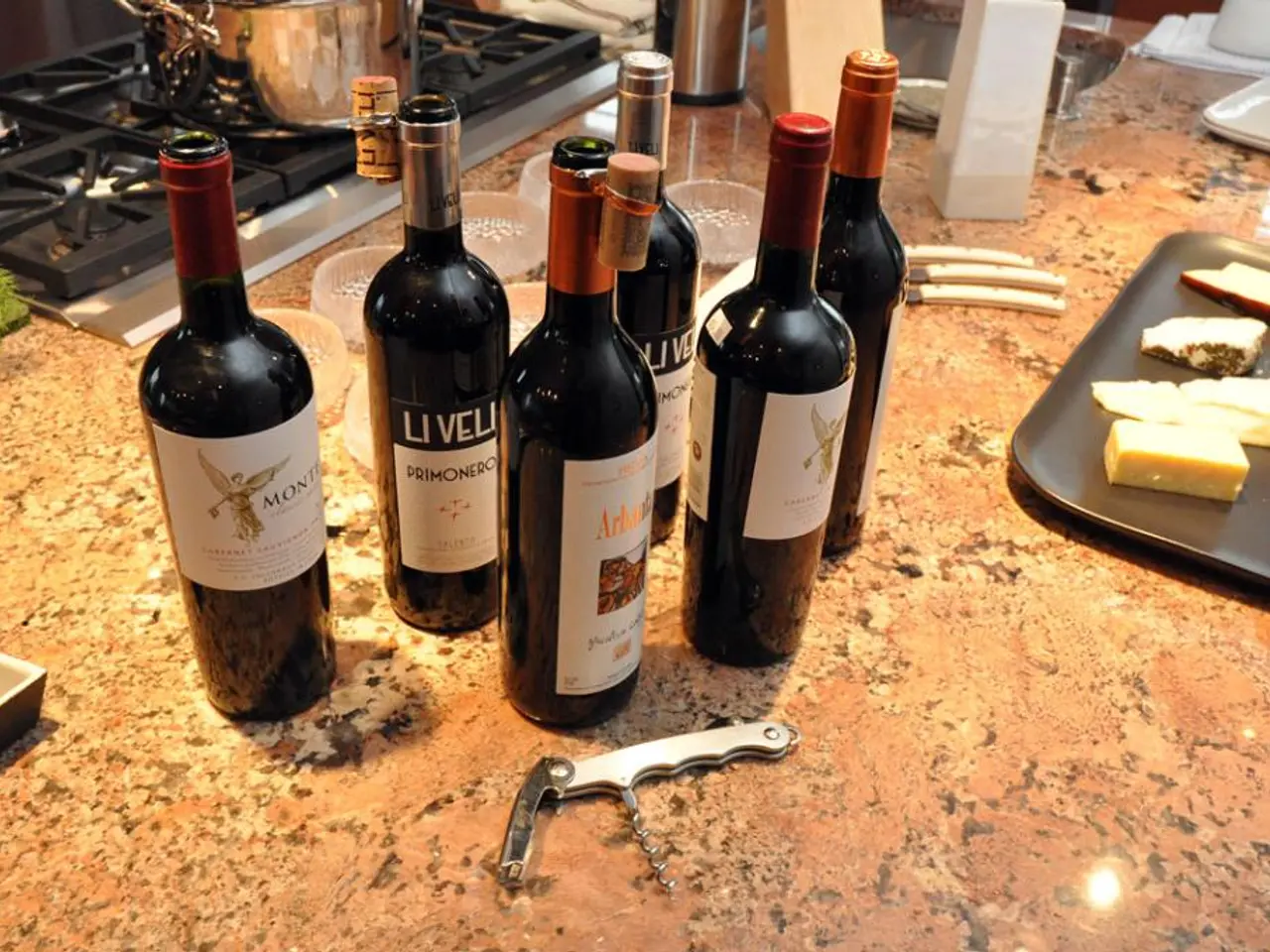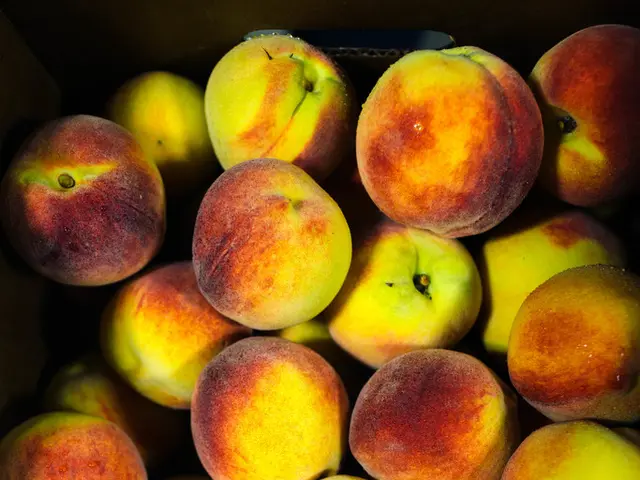U.S. Restaurants Turn to Robots to Fill 1M Job Gaps
The U.S. food industry is grappling with nearly a million open restaurant jobs as of August, pushing operators to explore robotics as a near-term solution. This shift is being driven by companies like Caldo, led by Jay Shah, a Lead Hardware Engineer specializing in robotics and sustainable food technology. Shah and his peers face unique challenges in commercial kitchens, including heat, moisture, and regulatory standards, but the potential benefits are significant.
Designing robots for kitchens requires a balance of performance, safety, compliance, and manufacturability. Companies like Circus SE and goodBytz are developing kitchen robots optimized for high temperatures, humidity, and food waste. These robots can automate repetitive tasks, saving four to eight labor hours per restaurant per day, and improving consistency and food safety. Early adopters can gain competitive advantages by locking in efficiency gains, demonstrating food safety leadership, and freeing up staff for customer-facing roles.
To successfully adopt robotics, operators should identify repetitive or compliance-sensitive tasks to automate first and prepare their workforce for staff-robot collaboration. The next wave of kitchen automation will succeed by delivering measurable business value, such as cost reduction, labor efficiency, food safety, and consistency. Properly designed robots can reduce cross-contamination risks, extend ingredient shelf life, and withstand rigorous cleaning protocols.
As the U.S. food industry faces labor shortages, robotics is emerging as a viable solution. With careful design and adoption, these robots can improve efficiency, food safety, and consistency, while freeing up staff for customer interactions. Companies like Caldo, Circus SE, and goodBytz are at the forefront of this revolution, developing robots that can withstand the harsh environments of commercial kitchens and deliver measurable business value.




